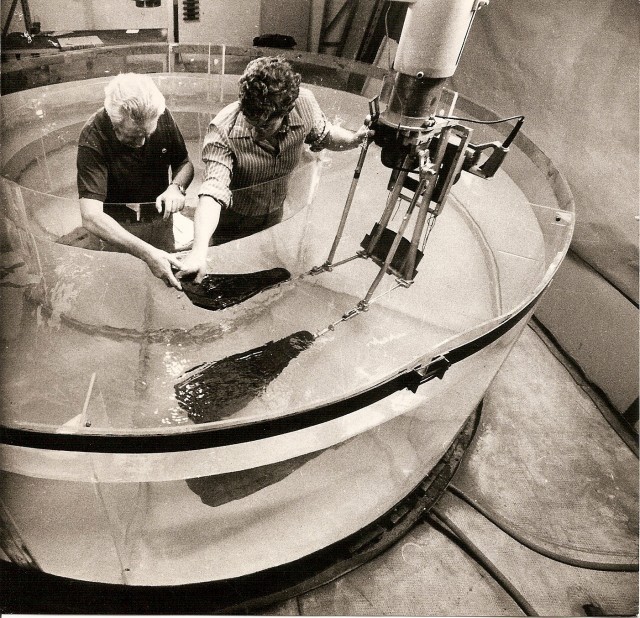dmaziuk
Contributor
What are the less damaging stretches?
It went very silent after you posted that picture @dmaziuk … I can only guess everyone in this thread is trying to recover after trying that pose
Well... I just found out I can't fully touch my butt to the floor anymore... but I have not been stretching much lately. As in: the last decade or so.
Seriously, though, this is bad because it drops your body weight on the joints -- hips mostly -- twisted way out of shape. It's not nearly as bad when you do it for the breaststroke kick with no dead weight on the joints. Still, "breaststroke knee" is a thing just like tennis elbow.
Anything that stretches leg joints: taichi, yoga, etc., is good, but there is genetics involved too: apparently some people have deeper hip sockets than others, and some people have the bone there angled slightly differently, so... some hips just can't do that. Says google so it must be true.




